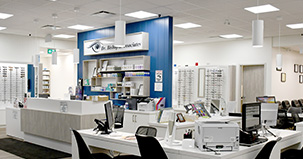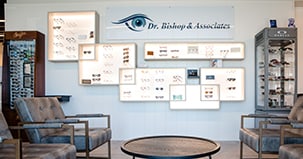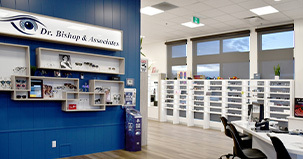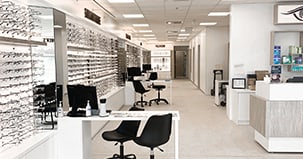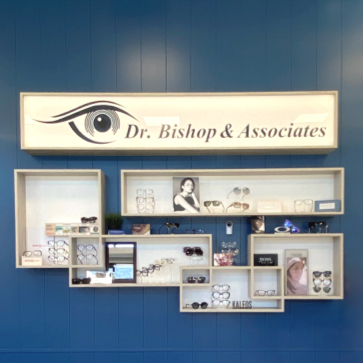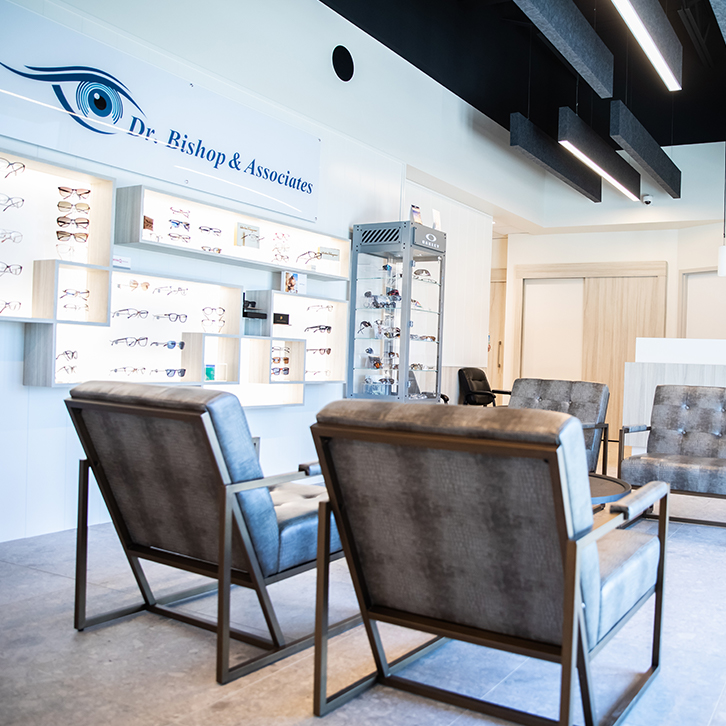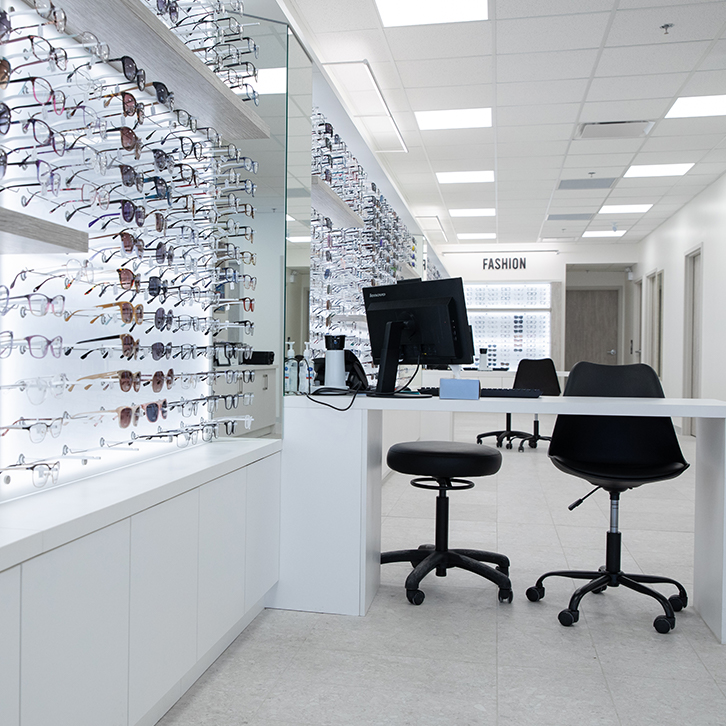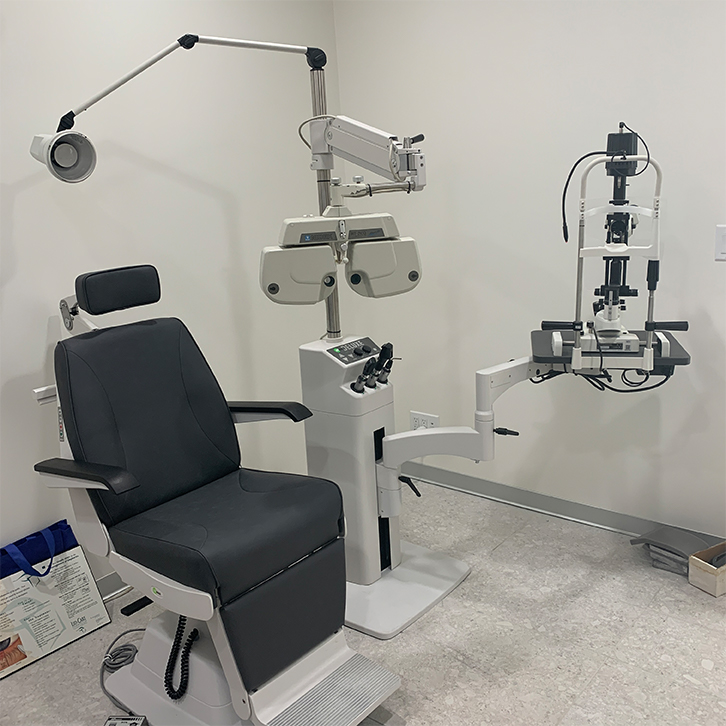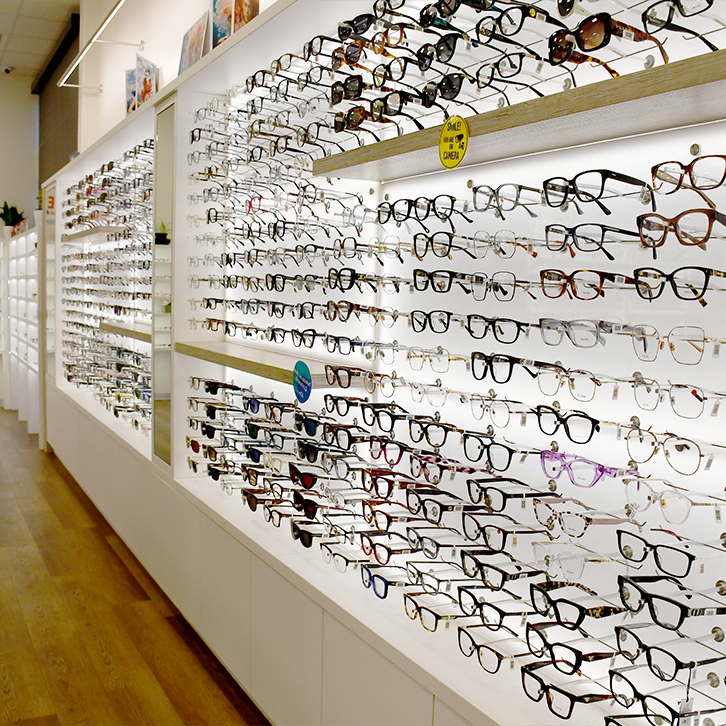Age-related macular degeneration (AMD) is the leading cause of vision loss in seniors, yet many people know little about it until they or a loved one receives a diagnosis. Many may also not know that AMD has two stages: dry and wet.
Dry macular degeneration (MD) is the first stage of the eye condition, and can occur in one or both eyes. Wet macular degeneration (WMD) is the second stage. MD always presents as dry MD first, and then symptoms worsen. The second stage is more severe, and symptoms can occur rapidly.
While AMD does not have a cure, the sooner the condition is detected, the better the chance of successful treatment.
What is Macular Degeneration?
Macular degeneration is a progressive eye disease that affects the macula—a tiny yet vital part of the retina responsible for sharp, central vision. The small but mighty 5mm macula is how we identify most of our colour vision and fine details. When the macula degenerates, however, our vision becomes blurry and dull.
Age-related macular degeneration comes in two primary forms:
- Dry AMD, the more common type, progresses slowly.
- Wet AMD, although rarer, can cause more rapid vision loss.
While AMD doesn’t lead to complete blindness, it can significantly impair one’s ability to live independently. It primarily impacts activities like reading, recognizing faces, and driving, requiring clear focus.
Dry Macular Degeneration
Symptoms of Dry AMD
Dry macular degeneration accounts for about 80–90% of AMD cases. It occurs when the macula naturally thins with age, leading to gradual vision impairment. Symptoms include:
- Blurry or fuzzy central vision: Letters on a page may appear smudged or hard to decipher.
- Difficulty seeing in low light: Tasks like reading at night or driving after sunset may become challenging.
- Colours appearing less vibrant: Visual clarity and sharpness fade, impacting your perception of fine details.
- Blind spots in your field of vision: Over time, dark or empty spaces may begin to develop in the central visual area.
Dry AMD often progresses through three stages (early, intermediate, and advanced) and worsens gradually over months or years.
Wet Macular Degeneration
Symptoms of Wet AMD
Wet macular degeneration accounts for roughly 10% of cases but is responsible for most severe vision loss related to AMD. It occurs when abnormal blood vessels grow under the retina and leak blood or fluid, damaging the macula. Signs of wet AMD include:
- Sudden vision changes: Vision may deteriorate rapidly over days or weeks.
- Distorted or wavy vision: Straight lines, such as door frames or text, may begin to appear wobbly or curved.
- Dark spots in central vision: These blind spots can quickly impair one’s ability to perform routine tasks.
- Rapid loss of visual sharpness: Reading and recognizing faces become increasingly difficult.
Wet AMD requires prompt treatment to prevent further damage and preserve vision.
Key Differences Between Wet & Dry Macular Degeneration
While both types of AMD affect the macula and can lead to central vision loss, there are notable differences between them:
| Aspect | Dry AMD | Wet AMD |
| Prevalence | Most common form (80–90%) | Less common (10%) |
| Progression Rate | Gradual, over years | Rapid, over days or weeks |
| Cause | Deposits in the retina | Abnormal blood vessel growth |
| Symptoms | Blurry vision, difficulty in low light | Dark spots, wavy lines |
| Treatment | Limited, focused on preventing progression | Medical interventions available |
How is Macular Degeneration Diagnosed?
If you’re experiencing any symptoms of AMD, it’s essential to consult an eye care professional. AMD is typically diagnosed through a comprehensive eye exam, which may include:
- Visual acuity test measures how well you can see details at a specific distance.
- Amsler grid test helps detect wavy lines or blind spots that may indicate wet AMD.
- Dilated eye exam uses eye drops to widen pupils, allowing a closer look at your retina and macula.
- Imaging tests, such as optical coherence tomography (OCT) or fluorescein angiography, can obtain detailed retina images or detect abnormal blood vessels.
Early stages of macular degeneration can be challenging to detect, which often leads individuals to ignore symptoms. Regular eye exams can help diagnose changes to your eye health, so the details and minor symptoms aren’t missed.
Treatment Options for Macular Degeneration
Dry AMD Treatments
While there’s currently no cure for dry AMD, the following measures can help slow its progression:
- AREDS Supplements: Specific vitamins and minerals (e.g., zinc, copper, and antioxidants) have reduced the risk of advanced AMD.
- Dietary Changes: A diet rich in leafy greens, omega-3 fatty acids, and vitamins C and E can promote eye health.
- Lifestyle Changes: Quitting smoking and protecting your eyes from UV light may also help reduce risk factors.
Wet AMD Treatments
Compared to dry AMD, wet AMD has more advanced treatment options, including:
- Anti-VEGF Injections: Medications like Avastin, Eylea, or Lucentis help block the growth of abnormal blood vessels under the retina. Regular injections can prevent further vision loss and, in some cases, improve it.
- Photodynamic therapy (PDT): Involves injecting a light-sensitive drug into the bloodstream and activating it with a laser to target abnormal blood vessels.
- Laser surgery: This method uses high-energy light to seal leaky blood vessels, although it’s less commonly used due to potential risks.
Starting treatment for wet AMD is vital as soon as possible to preserve remaining vision.
Lowering Risks of Developing AMD
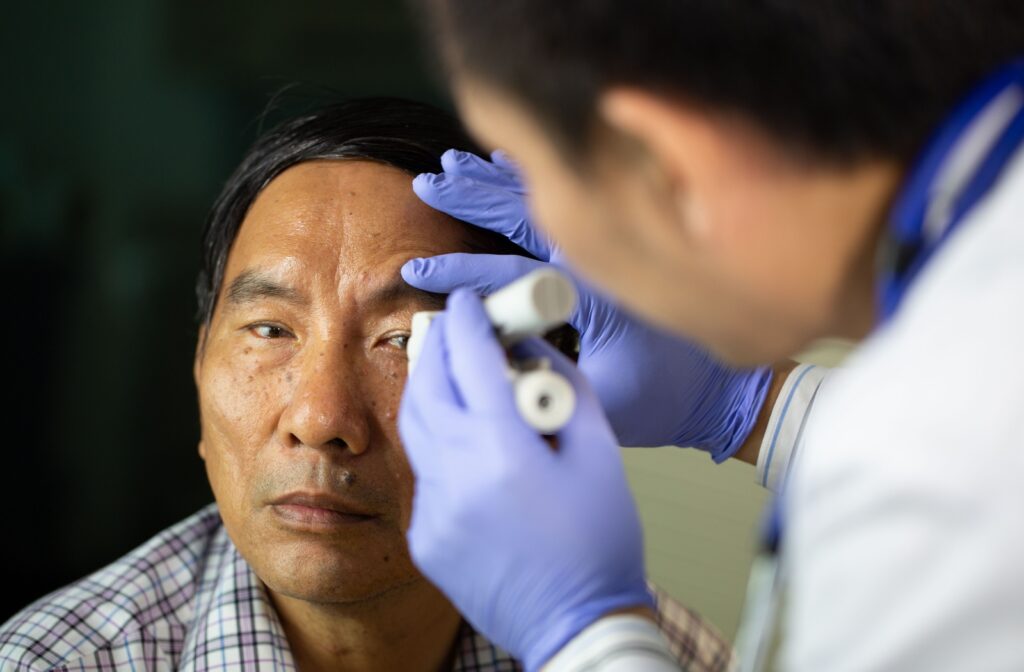
While there is no surefire way of preventing AMD, there are measures you can take to lower your risk, including:
- Get Regular Eye Exams
- Monitor Your Vision
- Wear Sunglasses
- Quit Smoking
- Maintain a Healthy Diet
- Exercise Regularly
These steps can go a long way in preserving your precious sight for years.
Taking Proactive Steps for Better Eye Health
Caring for your eyes becomes increasingly essential as you age. By understanding the differences between wet and dry macular degeneration, recognizing symptoms early, and seeking timely treatment, you can take control of your vision health.
At Dr. Bishop & Associates, we advocate that all our patients understand the importance of regular, comprehensive eye exams for proactive eye health. If you’ve noticed any changes in your vision, contact us today to book an appointment.







